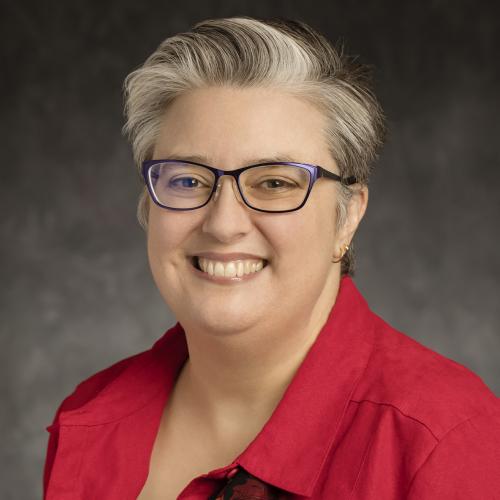A recent article in Environmental Health Perspectives by Associate Professor Catherine Blake and doctoral student Henry A. Gabb explores chemical exposure from consumer products in order to identify chemical combinations that appear together frequently.
Through an analysis of 38,975 product labels, Blake and Gabb identified a group of fifty-five asthma-associated chemicals and potential endocrine disruptors in various consumer product categories that focused on personal care items such as shampoo, deodorant, and toothpaste. Many products contain more than one of the target chemicals. They also found that the same chemical is often listed under many different names—a practice that can make it difficult for consumers to recognize and avoid products that contain specific chemicals.
The informatics approach developed by Blake and Gabb complements spectroscopic approaches to chemical detection and provides a new method to prioritize the risk assessment of potentially harmful chemicals and chemical combinations based on their prevalence in consumer products.
Their article, “An Informatics Approach to Evaluating Combined Chemical Exposures from Consumer Products: A Case Study of Asthma-Associated Chemicals and Potential Endocrine Disruptors,” summarized the research as follows:
BACKGROUND: Simultaneous or sequential exposure to multiple environmental stressors can affect chemical toxicity. Cumulative risk assessments consider multiple stressors, but it is impractical to test every chemical combination to which people are exposed. New methods are needed to prioritize chemical combinations based on their prevalence and possible health impacts.
OBJECTIVES: We introduce an informatics approach that uses publicly available data to identify chemicals that co-occur in consumer products, which account for a significant proportion of overall chemical load.
METHODS: Fifty-five asthma-associated and endocrine disrupting chemicals (target chemicals) were selected. A database of 38,975 distinct consumer products and 32,231 distinct ingredient names was created from online sources, and PubChem and the Unified Medical Language System were used to resolve synonymous ingredient names. Synonymous ingredient names are different names for the same chemical (e.g., Vitamin E and Tocopherol).
RESULTS: Nearly one-third of the products (11,688 products, 30%) contained ≥1 target chemical and 5,229 products (13%) contained >1. Of the 55 target chemicals, 31 (56%) appear in ≥1 product and 19 (35%) appear under more than one name. The most frequent three-way chemical combination (2-phenoxyethanol, methyl paraben, and ethyl paraben) appears in 1059 products. Further work is needed to assess combined chemical exposures related to the use of multiple products.
CONCLUSIONS: The informatics approach increased the number of products considered in a traditional analysis by two orders of magnitude, but missing/incomplete product labels can limit the effectiveness of this approach. Such an approach must resolve synonymy to ensure that chemicals of interest are not missed. Commonly occurring chemical combinations can be used to prioritize cumulative toxicology risk assessments.
Environmental Health Perspectives is a prestigious, open-access journal published monthly with support from the National Institute of Environmental Health Sciences, National Institutes of Health, and US Department of Health and Human Services. It is ranked second among journals in toxicology; third among journals in public, environmental, and occupational health; and fourth among journals in environmental sciences.
In addition to her professorial role, Blake also serves as associate director of the Center for Informatics Research in Science and Scholarship at GSLIS and holds affiliate appointments in the Department of Computer Science and the Department of Medical Information Science at Illinois. Her primary research goal is to accelerate scientific discovery by synthesizing evidence from text. Gabb is a research assistant whose research interests include the interface between computation, life science, and medical informatics.
